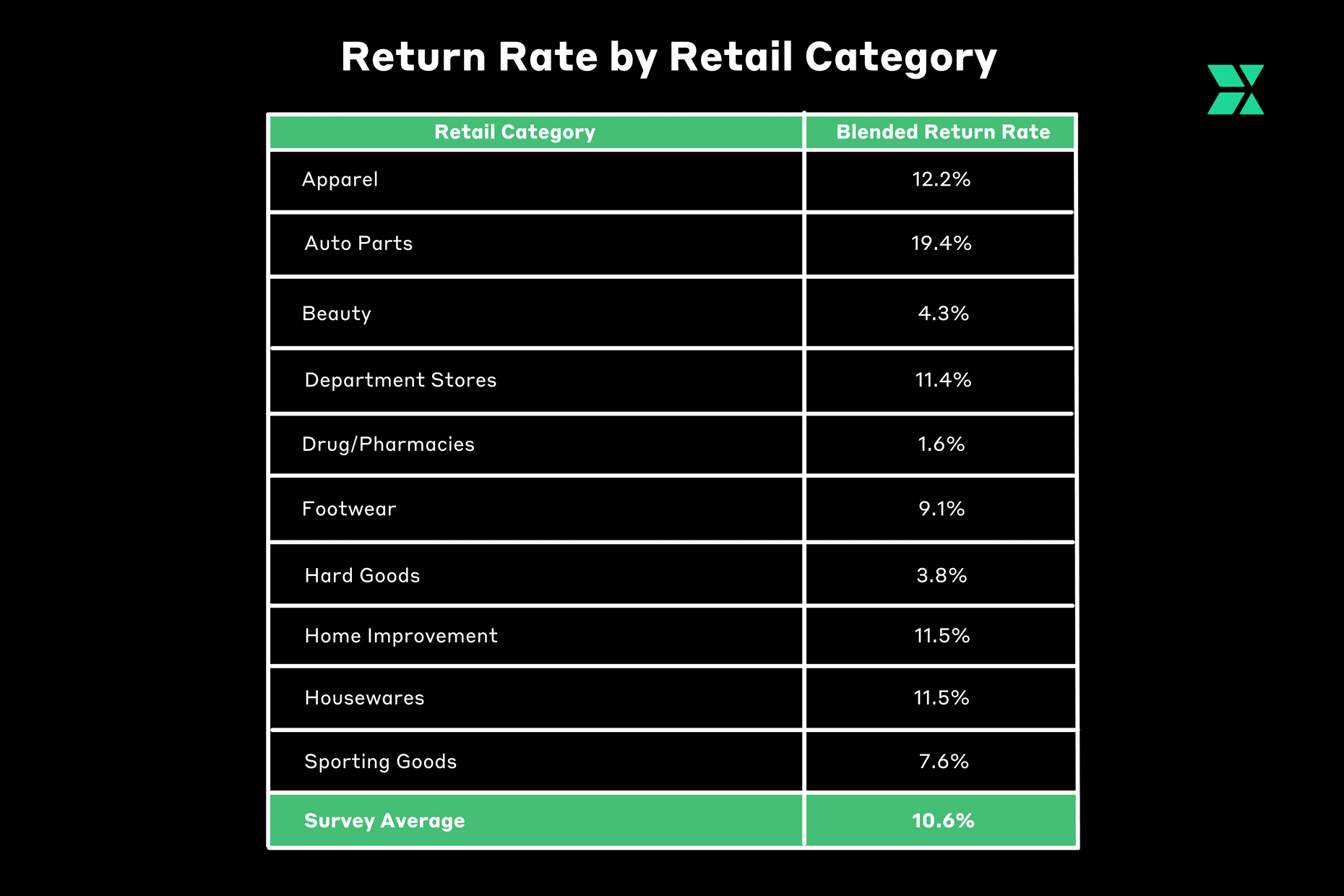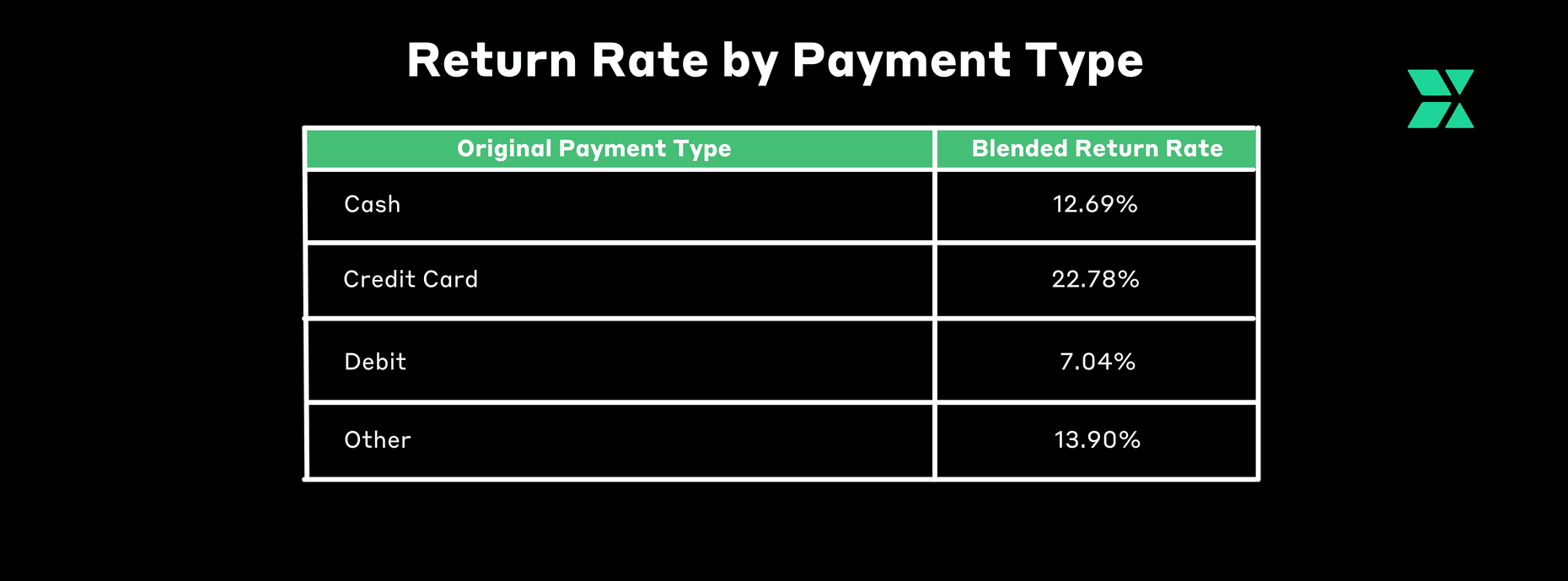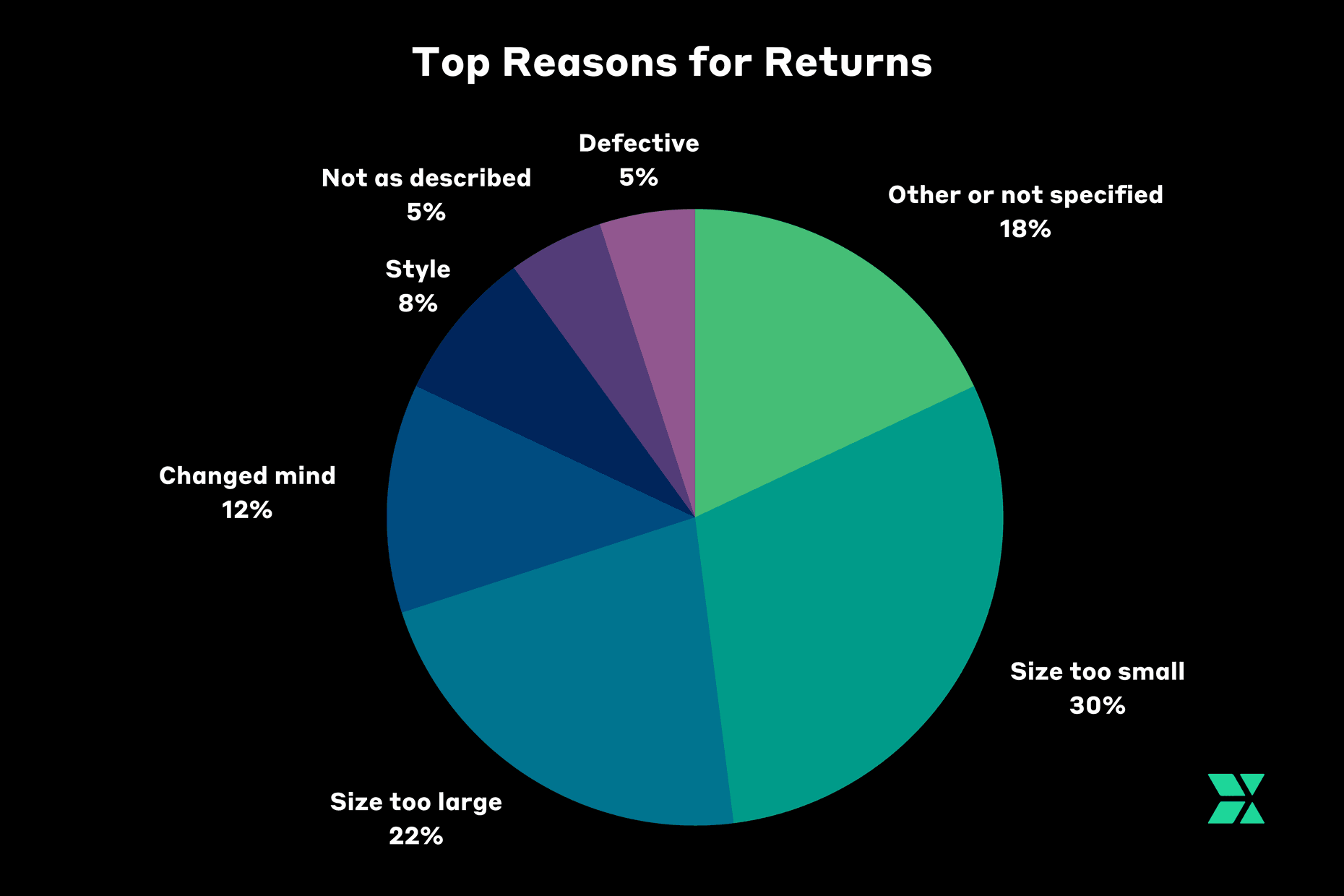
Articles
How to Handle eCommerce Returns Like a Pro
14.07.2022
There’s been a seismic surge in eCommerce sales since the COVID-19 pandemic forced consumers and businesses to shift their spending and selling habits online. As a result, the market has become increasingly more competitive. And, while online sales continue to soar, so does the rise of returns.
In fact, if you’re an eCommerce business you’re twice as likely to see products returned compared to your brick-and-mortar counterparts. That’s because, unlike physical stores, customers typically buy items online with the explicit intention of returning some or all of them if they don’t fit, they don’t work, they changed their minds, or they simply do not like the items once seeing them in person.
While returns come with the territory of being in the eTail industry, they can put a dent in profit margins, impact conversion rates, and ultimately threaten your online store. How you deal with eCommerce returns – both before and after purchase – is critical if you want to turn a profit and differentiate yourself from your competitors.
The Current State of Returns
In 2020, at the height of the pandemic when online retail sales were exploding, it’s estimated that US consumers returned over US$428 billion worth of merchandise – just over 10% of total retail sales.
In 2021, this number rose by 10.6% to reach an estimated US$761 billion worth of retail returns. Online sales accounted for over US$218 billion worth of online sales were returned, with US$23.2 billion deemed fraudulent.
To keep up with the plague of returns, eCommerce merchants are having to increase their workforce and warehouse space, and establish separate departments/policies to handle reverse logistics.

While eCommerce returns happen across all industries, recent studies reveal that automotive retailers struggle the most, with customers returning more than 1 in 5 purchases. Apparel retailers aren’t far behind (12.2%) followed by home brands, whose customers return roughly 11.5% of online orders.
Researchers have also noted a correlation between the number of returns and the payment method used. They found that consumers who purchase an item using a credit card were more likely to return an online purchase compared to those who paid via a debit card.

The Top Reasons For Returns
Compared to 9% of items bought in brick-and-mortar stores, recent data shows that 20% of products bought online get returned.
Consumer preference-based returns (for example, size and fit) account for 72% of all returns in fashion product categories [as detailed in the graph below]. Non-preference-based reasons (if the product is defective or not as described) account for 10% in total.
While returns are more common than eMerchants would like, they are an integral part of the customer experience. However, they don’t have to be a burden.
By making the returns process as easy as possible, eSellers can better retain customers and get them to spend more money.

Making Returns a Breeze
If your customers know they can get their money back just as easily as they can spend it, they’ll likely shop with more confidence and end up parting with their hard-earned cash more readily.
In fact, 92% of customers said they would return to an eStore to buy again if the returns process was seamless. Conversely, 85% of customers said they will stop buying from a retailer if the returns process was inconvenient.
With 10.6% of all online purchases eventually diverting back toward the retailer’s warehouse, you can’t fail to consider the returns process. Here are the key factors to keep in mind to ensure your store has the best possible return policy in place to increase customer lifetime value, boost efficiency and cut costs:
-
Be transparent
When it comes to building trust with your customers, transparency is key. With the majority of customers reviewing a store’s returns policy before purchasing, it’s imperative that the policy itself is clear and simple to understand.
Make sure your eCommerce returns policy is easy for future and existing customers to find on your website, and ensure that it highlights these factors:
- How long a customer has to return an item
- Any costs associated with the return
- The types of products eligible for return
- Method and details of a refund for returned items
Also, keep customers informed about the status of their returns. Finding a shipping carrier that supplies tracking information is the easiest way to do this.
-
Ensure it’s cost-effective
If done incorrectly, returns can be costly and time-consuming for both customers and eMerchants. Therefore, when considering your returns policy it’s important that you decide whether the service is offered free of charge or at a cost to your customer and the financial ramifications of each.
You will also need to take into account import and duty fees for customers located abroad. To keep the returns process running smoothly and affordably, make sure it’s set up correctly in the first place to ensure that you’re complying with regulations and that these costs are clear from the outset.
-
Consider cross-border logistics
As more and more eCommerce merchants tap into international markets, the subject of managing returns across borders is becoming more and more prevalent. When setting up cross-border returns, ask yourself:
- How easy it is for the customer to return the items. For example, where will the drop points be or will a courier service collect the item?
- How will the costs involved in returning the parcels to your jurisdiction be managed?
- How long will the process take – how long will the customer have to wait for a refund or replacement item?
- Will the items in the system be tracked?
- How can the rate of returns by market be monitored?
- How can stock re-integration be managed?
- How easy is it to implement the system?
- Is the system scalable and can it grow with your business?
- Are there considerations/restrictions surrounding re-importing items back to your jurisdiction from other countries?
With so much cost and admin involved with the logistics of returns, forward-thinking eCommerce businesses are partnering with expert third-party services to carry out their returns.
When opting for a third-party provider, you should consider one that has a good handle on any tax and duty fees for items coming back from certain countries, and who can advise on meeting these specific requirements.
The third-party provider should also be able to integrate with your eCommerce store’s existing IT systems and logistics providers to ensure minimal disruption to your business. Ideally, the returns process should be integrated into your website on a white label basis, so that as far as the customer is concerned, everything looks and feels the same.
Protect your business against fraud
Today it’s estimated that for every US$1 billion in sales, the average retailer incurs US$166 million in merchandise returns. It also found that for every $100 in returned merchandise accepted, retailers lose US$10.30 to return fraud. The main cause: When people return stolen items, claiming they never arrived or they use the item only to return it when they’re done.
That’s why it’s crucial to set up a system where you can track these types of returners and flag them immediately. This will help you exclude them from purchasing from your store in the future, or from free shipping/full-refund offers.
It’s been reported that certain retailers like Amazon and ASOS are updating their returns policy to blacklist serial returners. While it’s an extreme and risky move, it can be necessary to protect your business from opportunistic returners. However, if blacklisting customers isn’t realistic for your eCommerce business, to prevent fraud, you can:
- Choose delivery carriers that supply tracking numbers or proof of delivery
- Substitute cash refunds for exchanges or store credit
- Make it harder for fraudsters to push their luck with return fraud by eliminating free return shipping
- Don’t accept returned clothing without the original tags or protective seal
In conclusion
You can do everything in your power to prevent returns, but even a small number of them are unavoidable. And if you don’t offer them, it’s likely that customers will shop elsewhere.
That’s why having a cost-effective plan in place for offering returns, as well as better automation strategies for processing them, will help you retain satisfied customers and keep cash flowing into your eStore.
While the returns process might be the final part of a first-time customer’s journey with you, it’s still just as important as the first part.

